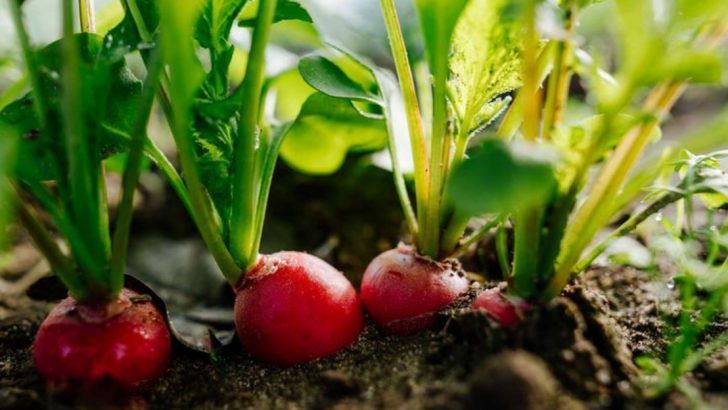I pushed the planting calendar like it owed me rent. Last May, with garden centers half picked over and my neighbors already bragging about their tomato blossoms, I dug in—literally—and gambled on seventeen late-season vegetables. Some flopped like divas in a heat wave. Others took the challenge personally and delivered right through chilly September mornings. This wasn’t textbook gardening. It was messy, spontaneous, and powered by equal parts curiosity and stubbornness. But guess what? Twelve of those crops came through—and a few performed better than my early starters ever have. If you’re staring at your May garden bed thinking you missed your window, think again. The season’s not over. The vegetables that made it on my list might just be the ones that carry your garden across the finish line. Ready to see who thrived, who failed, and who surprised me completely? Let’s get into it.
Kale
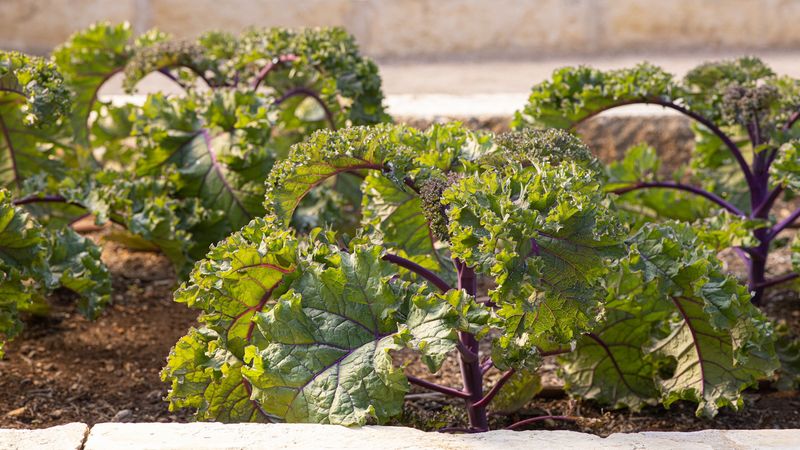
Kale, with its robust nature, stands tall even when other greens falter. Its resilience to frost makes it a key player in any late-season garden.
Packed with nutrients, these hardy greens bring a burst of health to fall meals. Imagine a warm kale salad on a chilly autumn evening, comforting and nourishing.
Fun fact: Kale’s sweetness intensifies after a light frost, turning it into an irresistible addition to your culinary creations.
Carrots
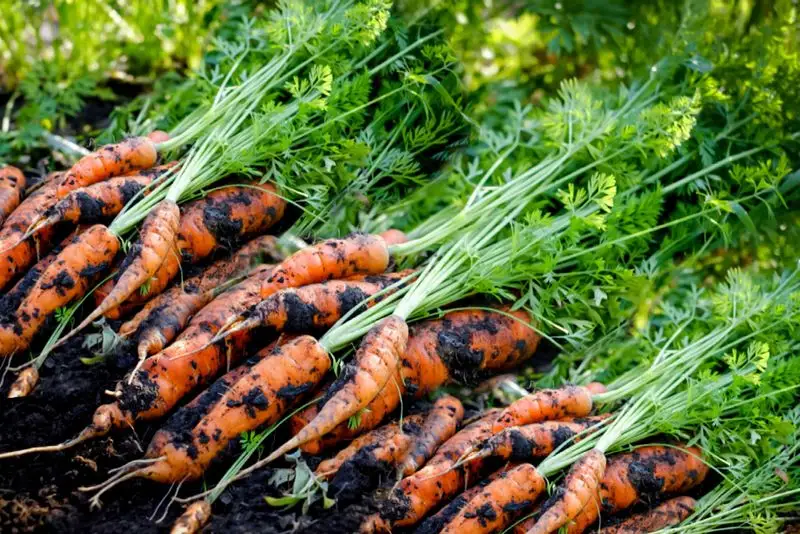
Buried beneath the soil, carrots quietly do their work. These vibrant root vegetables are not only nutritious but also incredibly satisfying to pull from the earth.
Their crisp, sweet flavor is enhanced by cooler temperatures, inviting you to savor every bite. Have you ever tried freshly harvested carrots? Their taste is unmatched.
Did you know? Carrots were initially grown for their aromatic leaves and seeds rather than their roots.
Beets
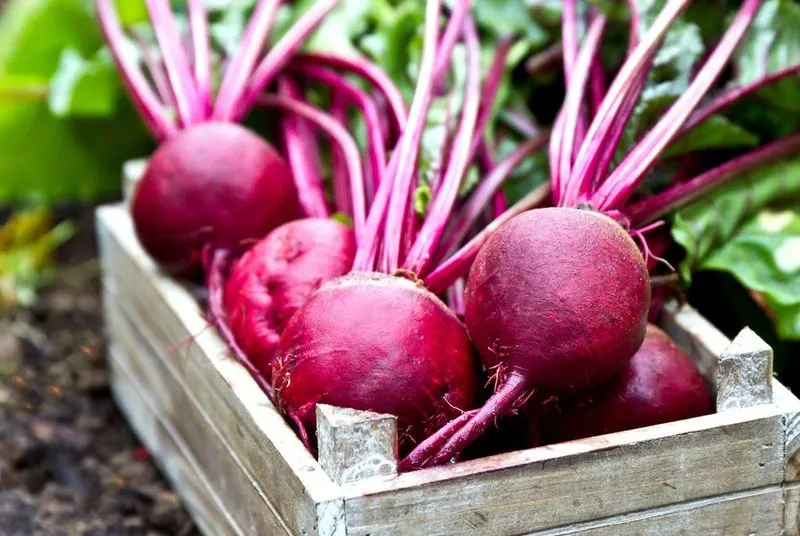
With their deep hues, beets bring color and flavor to autumn dishes. Their earthy sweetness is a delight, whether roasted or pickled.
Growing beets late in the season ensures vibrant roots and lush tops, perfect for salads or sautéing.
Fun fact: Ancient Romans used beets as an aphrodisiac, valuing both their roots and leaves.
Swiss Chard
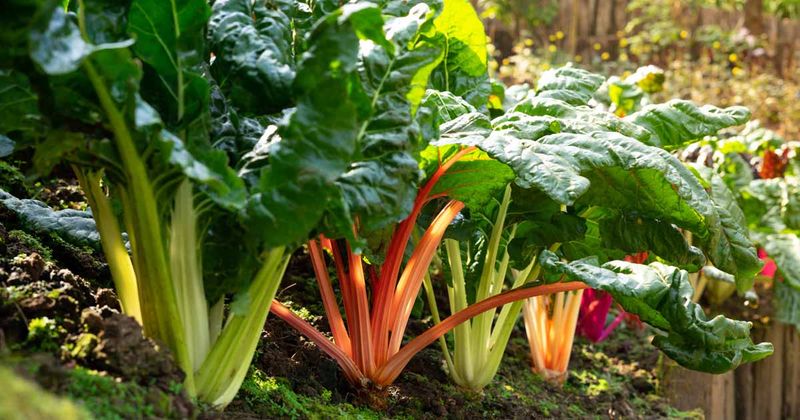
Swiss chard stands out with its vibrant stems and broad, leafy greens. This vegetable not only adds visual appeal but also a wealth of vitamins to any meal.
It thrives in cooler weather, making it a staple for late-season gardening. Picture Swiss chard sautéed with garlic and olive oil—a simple, yet delicious dish.
Did you know? Swiss chard is related to beets and shares a similar earthy taste.
Spinach
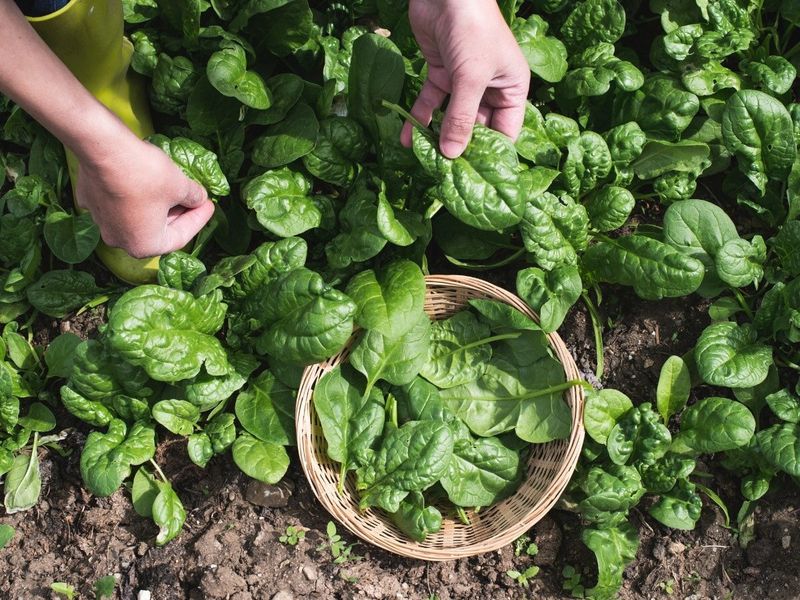
Spinach, the leafy powerhouse, grows vigorously in cool conditions. Its tender leaves are perfect for salads and smoothies, adding both flavor and nutrition.
As temperatures drop, spinach continues to produce, ensuring a steady supply of greens. Have you ever craved a spinach quiche on a crisp autumn morning?
Fun fact: Spinach was once known as the “Spanish vegetable” after reaching Europe via Spain in the 11th century.
Broccoli
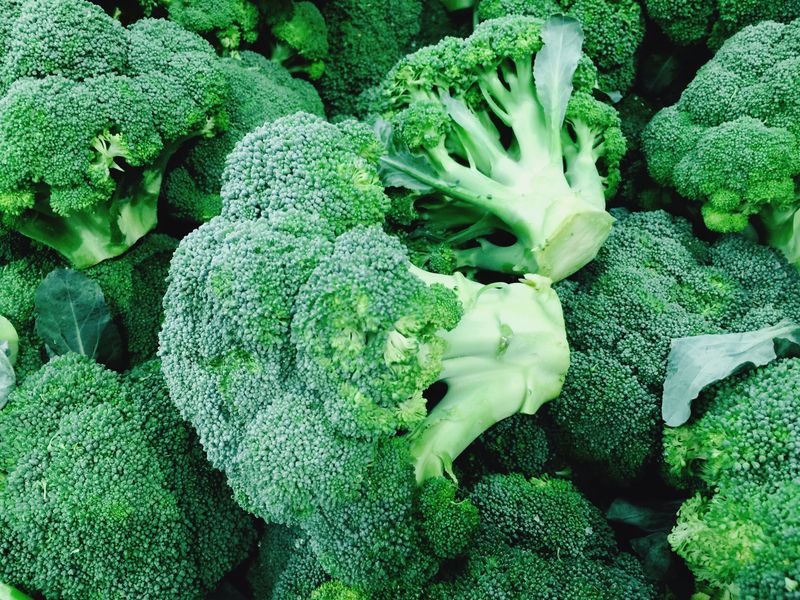
Broccoli’s compact heads contain a wealth of nutrients, making it a standout in any vegetable patch. It thrives in cooler temperatures, ensuring a robust fall harvest.
The satisfaction of snapping off a home-grown head of broccoli is unmatched. Each bite offers a delightful crunch and taste.
Did you know? Broccoli is a member of the cabbage family and was cultivated in Italy over 2,000 years ago.
Brussels Sprouts
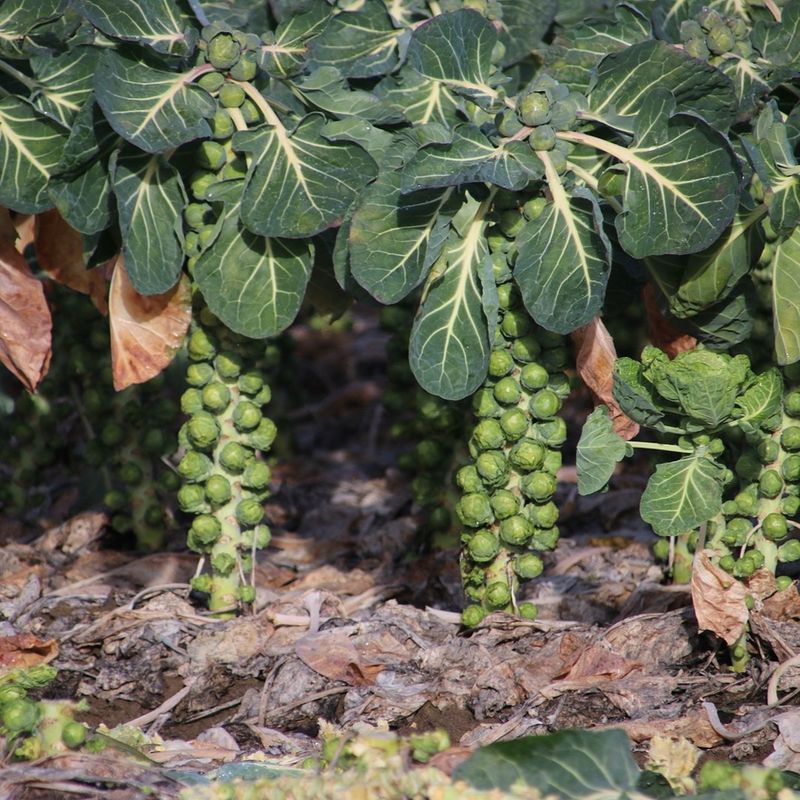
Brussels sprouts, with their mini cabbage-like appearance, bring a unique flair to any dish. They love the cooler months, becoming sweeter with each frost.
Roasted or steamed, their nutty flavor adds depth to fall meals. Have you tried Brussels sprouts drizzled with honey and balsamic glaze?
Fun fact: Brussels sprouts are named after the city of Brussels in Belgium, where they have been popular since the 16th century.
Radishes
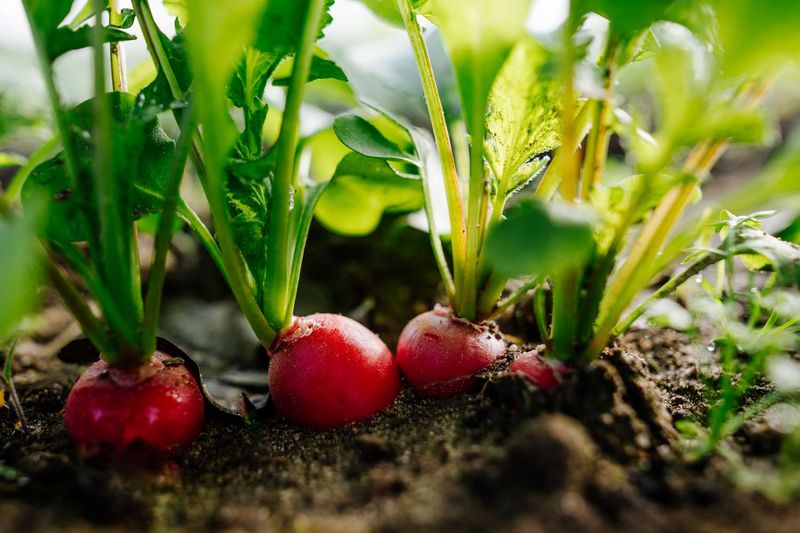
Radishes, with their peppery bite, offer a refreshing contrast to heavier fall dishes. These quick-growing roots are perfect for succession planting.
Harvested young, they add a crisp, spicy note to salads and sandwiches. Have you ever enjoyed radishes sliced thin with a sprinkle of salt?
Did you know? Radishes were one of the first European crops introduced to the Americas, brought by Columbus in 1493.
Cabbage
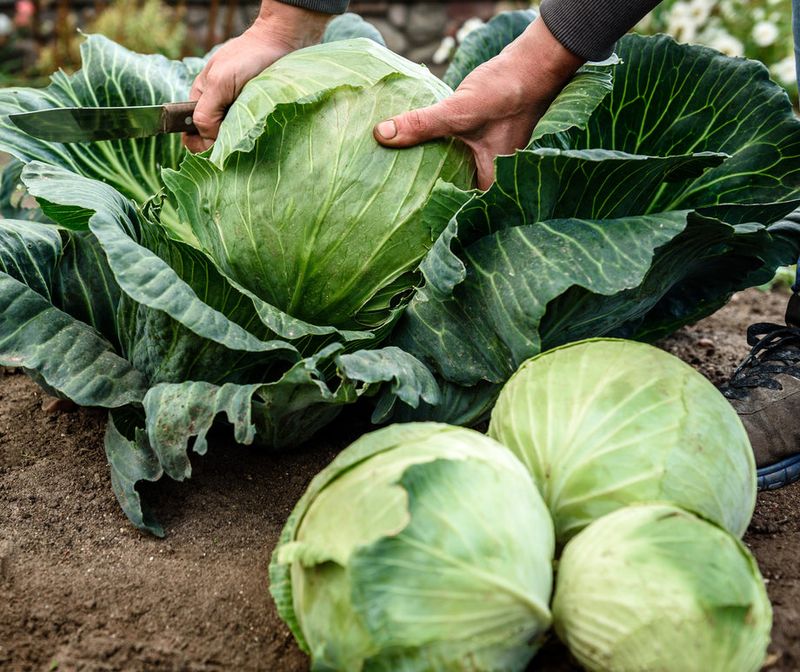
Cabbage, with its layered leaves, is a staple in many traditional dishes. It holds up well to cooler temperatures, providing a hearty harvest.
Whether fermented into sauerkraut or used in soups, its versatility is unmatched. Picture a warm bowl of cabbage soup on a cool autumn day.
Fun fact: Cabbage has been cultivated for over 4,000 years and was a favorite of ancient Greek and Roman civilizations.
Leeks
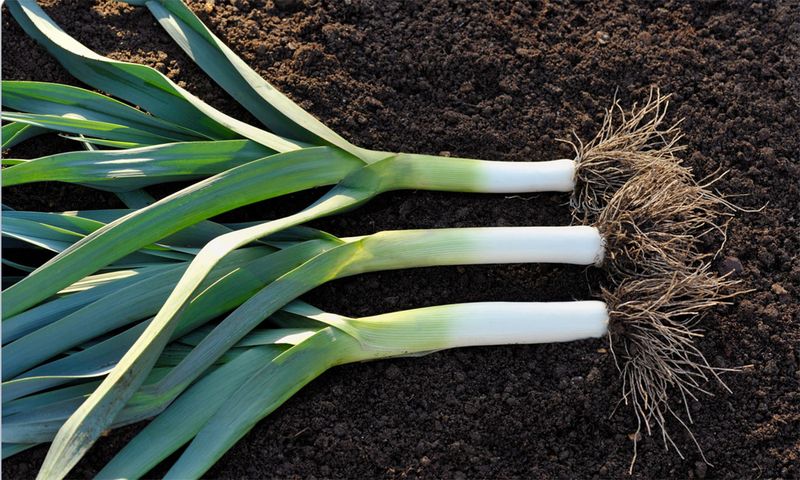
Leeks, with their mild onion flavor, add depth to soups and stews. They thrive in the cool, moist conditions of fall, rewarding gardeners with slender, flavorful stalks.
Their subtle taste is a delightful addition to many dishes. Have you ever tried a creamy leek and potato soup on a chilly day?
Did you know? Leeks were prized by the ancient Egyptians and are even depicted in hieroglyphics.
Collard Greens
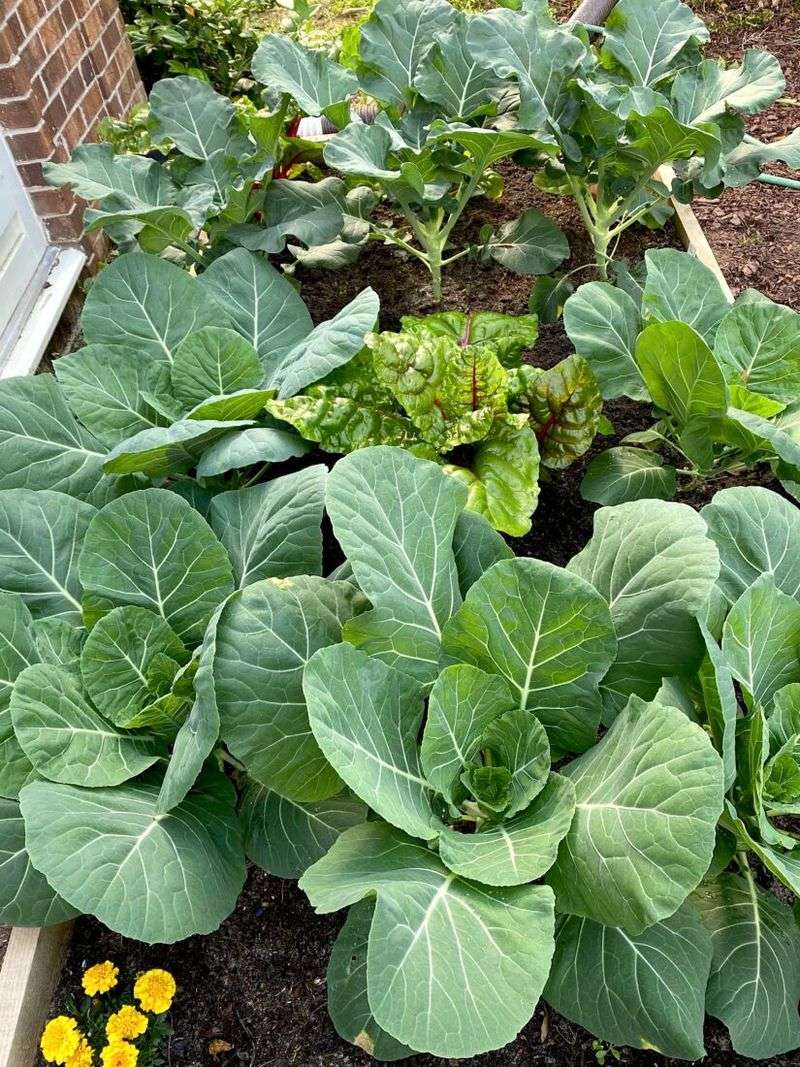
Collard greens bring a taste of the South to any table. These broad leaves withstand colder temperatures, making them ideal for fall harvests.
Rich in vitamins, they make a nutritious addition to hearty stews or simply sautéed. Imagine collard greens simmering slowly with smoked ham hocks.
Fun fact: Collard greens have been a staple in Southern U.S. cuisine since the early African-American communities began cultivating them.
Mustard Greens
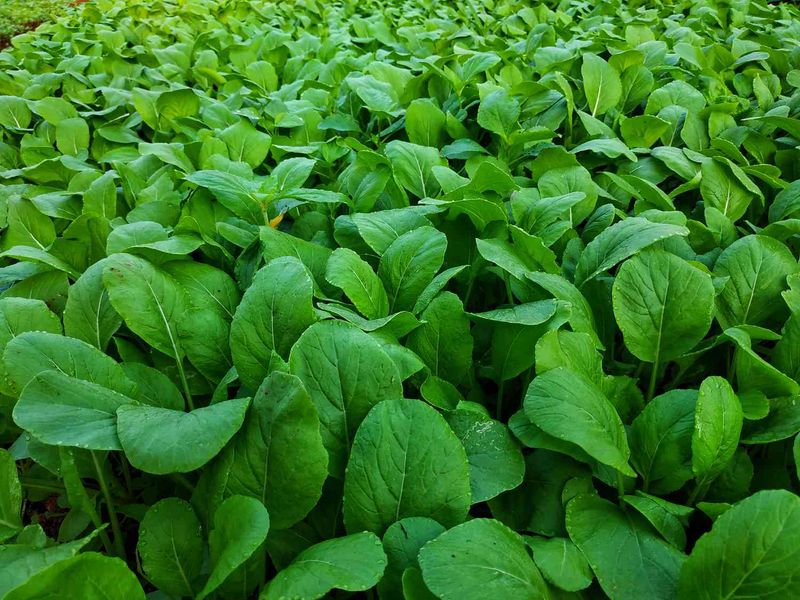
Mustard greens, known for their spicy zest, thrive in cooler climates. These greens add a punch to salads and cooked dishes alike.
Their peppery flavor is complemented by a touch of sweetness after a light frost. Ever tried mustard greens in a stir-fry with ginger and garlic?
Did you know? Mustard greens have been cultivated in Asia for over 5,000 years and are a staple in many traditional dishes.

